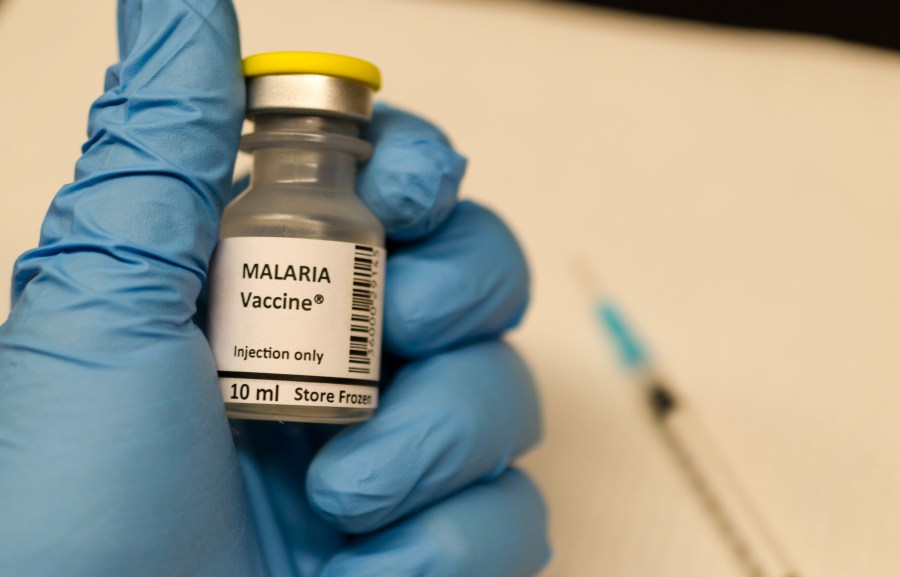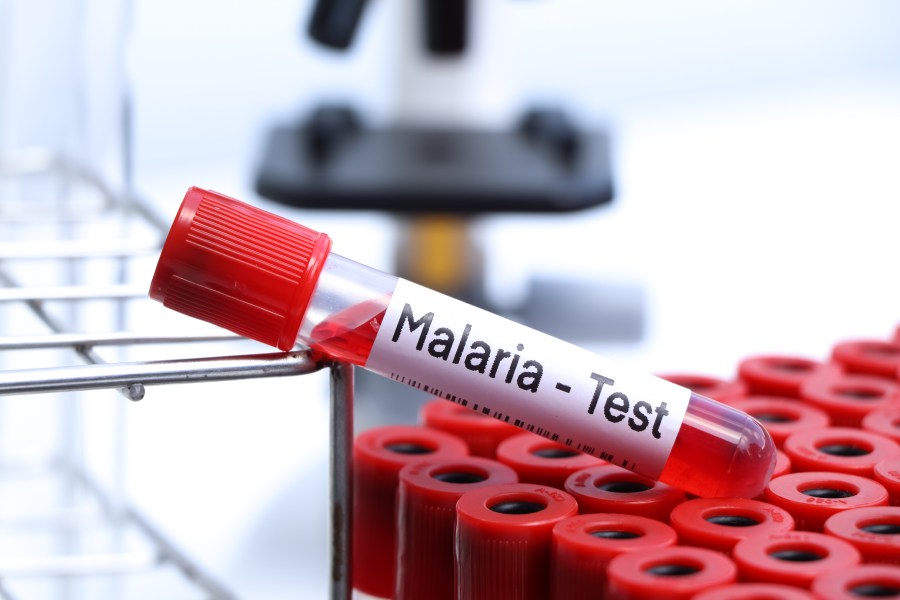Tampa (BLOOM) – Malaria, a deadly disease transmitted by female anopheline mosquitoes, has long been a global health concern. While cases of malaria in the United States are typically associated with travel to malaria-endemic regions, recent reports of locally acquired cases have raised alarms. The US Centers for Disease Control and Prevention (CDC) has issued warnings to healthcare professionals and public health officials about these cases, marking the first instances of local transmission in the US in two decades. This article aims to provide a comprehensive understanding of malaria, its global impact, prevention strategies, and the breaking news story of local malaria cases in Florida and Texas.

Understanding Malaria
Malaria is caused by Plasmodium parasites and is primarily transmitted through the bite of infected female anopheline mosquitoes. These parasites multiply in the human liver and then infect red blood cells, leading to the characteristic symptoms of the disease. While malaria is prevalent in certain regions worldwide, the majority of cases, approximately 95%, occur in Africa.
Global Impact of Malaria
Malaria poses significant economic, social, and health burdens on affected regions. With approximately 240 million cases reported annually worldwide, the disease remains a major public health challenge. Impoverished communities in malaria-endemic regions are particularly vulnerable, facing increased morbidity, mortality, and decreased productivity.
Malaria in Florida: Breaking News
Recently, CNN reported several locally acquired cases of malaria in Florida, marking a significant development in the fight against the disease. The CDC has alerted healthcare professionals and public health officials to the presence of these cases, as it is the first instance of local transmission in the US in two decades. Typically, malaria cases in the US are associated with travel to malaria-endemic areas, making these local infections concerning.
Symptoms, Diagnosis, and Treatment
Symptoms of malaria include fever, chills, headache, fatigue, and gastrointestinal distress. While symptoms typically manifest within 10 days to 4 weeks after infection, they can appear up to a year later. Prompt diagnosis is crucial for effective treatment. Diagnostic methods such as microscopy and rapid diagnostic tests aid in identifying the presence of malaria parasites in blood samples. Antimalarial medications are the primary treatment option, and timely intervention leads to favorable patient outcomes.
Prevention Strategies
Malaria prevention plays a vital role in reducing the global burden of the disease. Effective prevention measures include the use of insecticide-treated bed nets, indoor residual spraying, chemoprophylaxis for travelers, and environmental control efforts. These strategies target both vector control and human behavior to minimize the risk of infection.
The Climate Crisis and Malaria
Scientists have long warned about the potential impact of climate change on the spread of diseases, including malaria. Rising temperatures could facilitate the expansion of mosquito habitats, increasing the prevalence of malaria in regions previously unaffected. These concerns emphasize the importance of continued research, surveillance, and implementation of preventive measures.
Malaria in Florida and Texas:

In the recent outbreak of locally acquired malaria cases, Florida and Texas have seen a concerning rise in infections.
As soon as the cases were identified, the CDC and local health authorities launched investigations to determine the source of the infections and prevent further transmission. These investigations aim to identify any commonalities among the cases and ascertain whether they are linked or isolated incidents.
Intensive surveillance measures have been implemented in the affected regions of Florida, and local health authorities are closely monitoring the mosquito population. The goal is to detect any new cases promptly and prevent the spread of the disease. Public health campaigns are underway to educate residents about the symptoms of malaria and encourage them to seek medical attention if they experience any relevant signs.
Healthcare professionals in the affected regions of Florida and Texas have been advised to maintain a high index of suspicion for malaria. The CDC recommends that doctors include malaria in their differential diagnosis for patients presenting with symptoms such as fever, chills, headache, fatigue, and gastrointestinal distress. Early detection and appropriate treatment are crucial to ensure the best outcomes for patients and prevent further transmission.
These recent local malaria cases serve as a stark reminder that despite the rarity of malaria in the United States, it remains a persistent threat. The CDC emphasizes that the risk of contracting malaria in the US is still considered extremely low. However, with the rise in global travel, it is crucial for individuals to take necessary precautions, such as using insect repellents and protective clothing, especially during the warmer summer months when mosquito activity is higher.
Continued vigilance, public awareness, and collaboration between healthcare professionals, public health authorities, and the community are essential in controlling the spread of malaria and mitigating the risks associated with this global health threat.
Malaria Advisory in Sarasota County, Florida: Taking Precautions Against Local Spread
The Florida Department of Health (FDOH) has issued a statewide malaria advisory following the confirmation of new cases in Sarasota County. Four individuals in Sarasota County were infected with Plasmodium vivax, the most common species of malaria. Fortunately, all four patients have received treatment and have since recovered. However, health officials are urging residents to take precautions to prevent the spread of the disease through mosquitoes.
In response to the advisory, the FDOH has provided guidelines known as “Drain and Cover” to help limit mosquito reproduction and reduce the risk of transmission. These guidelines include draining water from containers where it has collected, such as garbage cans and gutters. It is also advised to eliminate items that can collect water, such as old tires, bottles, and broken appliances. For those with birdbaths or outdoor water bowls, emptying and cleaning them at least once or twice a week is recommended. Additionally, using water-collecting tarps on boats and vehicles should be avoided. Keeping swimming pools clean and properly chlorinated is crucial, and emptying unused plastic swimming pools is advised. To prevent mosquitoes from entering homes, it is advised to cover doors and windows with screens.
The FDOH emphasizes the regular use of repellents, especially those containing DEET, picaridin, oil of lemon eucalyptus, para-menthane-diol, 2-undecanone, and IR3535. These repellents help protect against mosquito bites and reduce the risk of infection.
Malaria in Florida is primarily spread through Anopheles mosquitoes. Humans infected with malaria typically experience symptoms such as fever, chills, sweats, nausea/vomiting, and headache. If anyone experiences these symptoms after being bitten by a mosquito, immediate medical evaluation is advised.
To combat the spread of malaria, aerial and ground spraying operations are being conducted to reduce mosquito populations in the affected areas. These efforts aim to limit the potential for further transmission and protect the community.
By following the guidelines provided by the FDOH and remaining vigilant against mosquito bites, residents can contribute to preventing the local spread of malaria and safeguard their health.
Malaria remains a significant global health threat, with millions of cases reported annually. While the recent local transmission cases in Florida and Texas are concerning, the risk of acquiring malaria in the United States remains extremely low. The CDC urges healthcare professionals and individuals to remain vigilant, especially during the summer travel season. By practicing preventive measures, such as using insect repellents and seeking early diagnosis and treatment, we can collectively combat malaria and work towards its eventual elimination both globally and locally.







